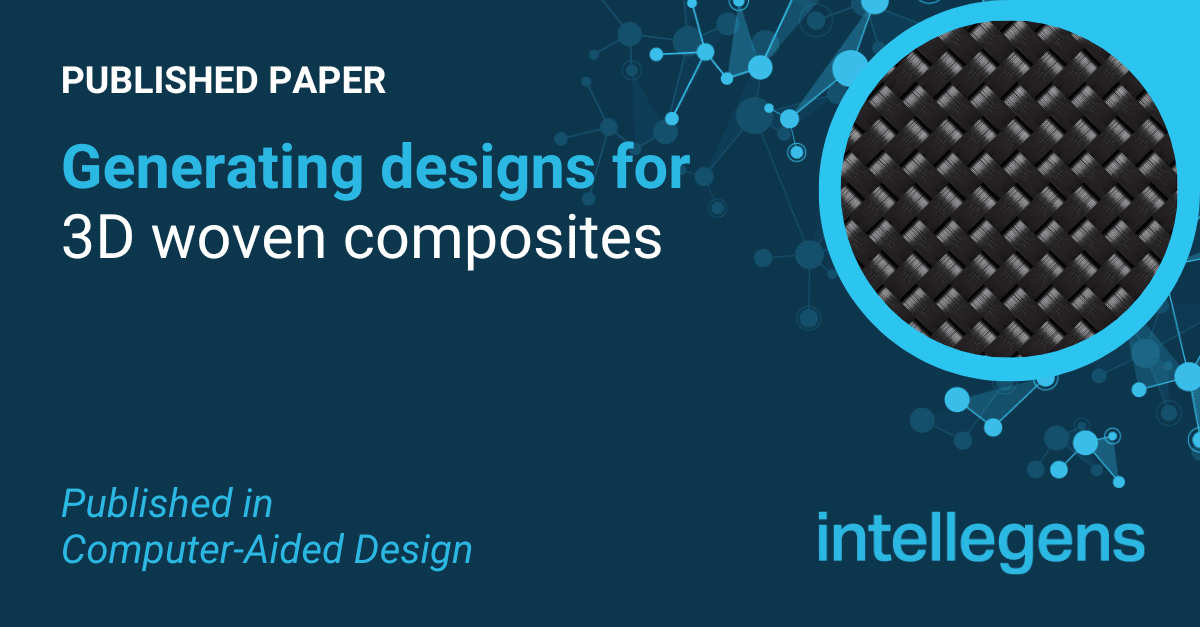Paper published in Computer-Aided Design
3D woven composites have potential advantages over conventional 2D structures in aerospace and similar applications. But the huge number of topological options available makes these systems difficult to model and design. Scientists from the A*STAR Institute, Pratt & Whitney, and Intellegens have collaborated to develop a generative computational method that can address this challenge.

Abstract
Three-dimensional non-periodic woven composite preforms have sufficient design flexibility that tows can be aligned along principal loading paths even in shaped structural components with detailed local features. While this promises competitive performance, the feasible design space is combinatorically large, far beyond exhaustive search. Inspired by multi-agent game theory, here we propose a generative design method called the Background Vector Method (BVM) which treats weaving tows as different agents finding their best matching background vectors derived from different design requirements. The BVM can generate designs that are tunable to a specific balance of requirements by adjusting scalar weights, concurrently accounts for local and global architecture, utilizes a manufacturing-based parameterization that assures fabricability, and is highly computationally efficient. The scope of possible designs is illustrated by re-creating common periodic 3D weaving patterns and novel complex non-periodic architectures. The BVM also offers a simple design pathway to creating preforms with cavities, ducts, and other open volumes.
Publication details
Published in: Computer-Aided Design 167, 10367 (2024)
Title: A compact yet flexible design space for large-scale nonperiodic 3D woven composites based on a weighted game for generating candidate tow architectures
Authors: Z. Wang, B.N. Cox , S.J. Kuehsamy, M.H. Jhon, O. Sudre, N. Sridhar, G.J. Conduit

